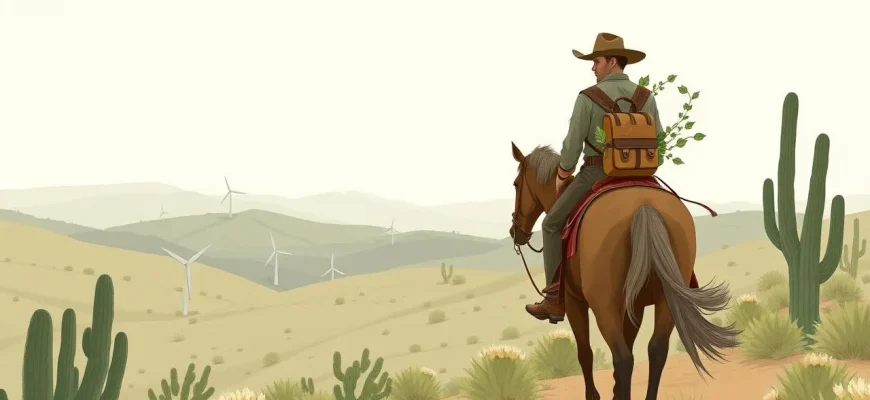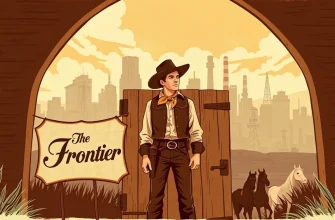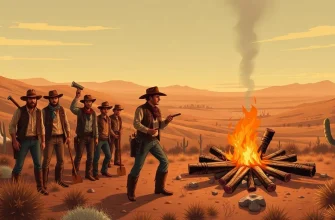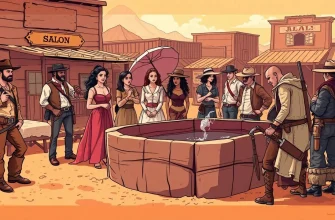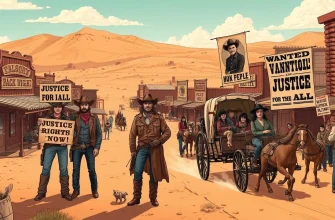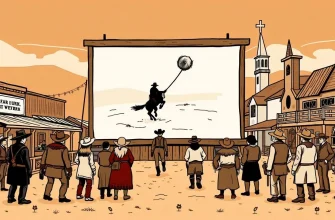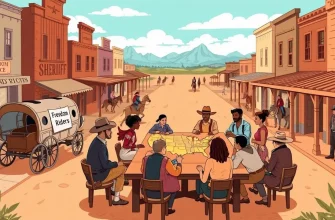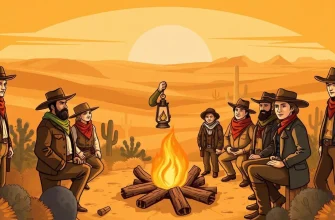This curated collection of eco-western films explores the intersection of the rugged landscapes of the American West with themes of environmental conservation and sustainability. These films not only entertain with their classic western elements but also provoke thought about our relationship with nature, making them invaluable for viewers interested in both cinema and ecological issues.
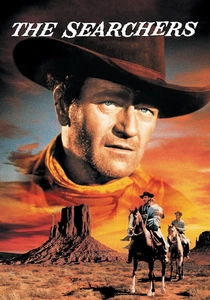
The Searchers (1956)
Description: John Ford's epic about a man's quest to find his niece, set against the backdrop of the vast, often unforgiving Texas landscape.
Fact: The film was shot in Monument Valley, a location Ford used frequently to showcase the American West's natural splendor.
 Watch Now
Watch Now

The Man Who Shot Liberty Valance (1962)
Description: While not explicitly about ecology, the film's setting in a small Western town reflects the transformation of the landscape due to human settlement.
Fact: The film was one of John Ford's last Westerns, known for its iconic portrayal of the American frontier.
 Watch Now
Watch Now
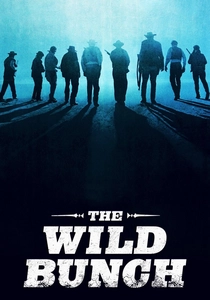
The Wild Bunch (1969)
Description: This film captures the end of the Old West, with scenes that reflect the changing landscape and the impact of industrialization on the environment.
Fact: Sam Peckinpah's direction was known for its realistic portrayal of violence, which also extended to the depiction of the environment.
 Watch Now
Watch Now
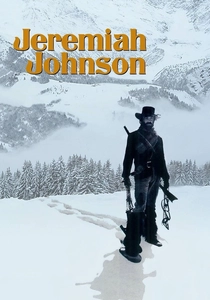
Jeremiah Johnson (1972)
Description: This film tells the story of a mountain man's life in the Rockies, focusing on his relationship with the land and its native inhabitants.
Fact: The film was shot in Utah, with many scenes filmed in the actual locations where the real Jeremiah Johnson lived.
 Watch Now
Watch Now
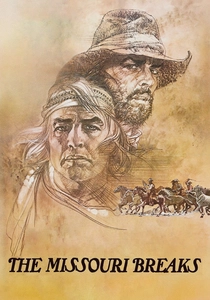
The Missouri Breaks (1976)
Description: While primarily a tale of a feud between a cattle rustler and a hired gun, the film subtly addresses the encroachment on natural habitats by human expansion.
Fact: The film features a rare pairing of Marlon Brando and Jack Nicholson, set against the backdrop of Montana's natural beauty.
 Watch Now
Watch Now
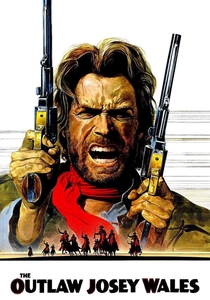
The Outlaw Josey Wales (1976)
Description: This film, directed by and starring Clint Eastwood, showcases the protagonist's journey through the wilderness, highlighting the beauty and fragility of the natural world.
Fact: The film was shot in various locations in Utah and California, capturing the diverse ecosystems of the West.
 Watch Now
Watch Now

The Last Rites of Ransom Pride (2010)
Description: Set in the late 1800s, this film explores themes of redemption and the harshness of the environment, with a focus on the natural world's role in human destiny.
Fact: The film was shot in the rugged landscapes of New Mexico, emphasizing the stark beauty and ecological fragility of the region.
 Watch Now
Watch Now
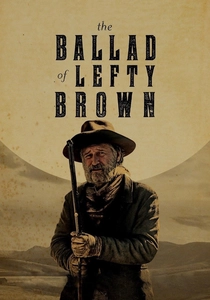
The Ballad of Lefty Brown (2017)
Description: This neo-western follows an aging sidekick who must navigate the harsh landscape to avenge his friend's death, highlighting the impact of human activity on the environment.
Fact: The film was shot in Montana, showcasing its natural beauty and the environmental challenges it faces.
 Watch Now
Watch Now

The Big Sky (1952)
Description: This classic western, adapted from A.B. Guthrie Jr.'s novel, deals with the exploration of the American West and the impact of settlers on the natural environment.
Fact: The film was one of the first to use Technicolor to capture the vast, unspoiled landscapes of the West.
 30 Days Free
30 Days Free

Dances with Wolves (1990)
Description: This epic western explores the relationship between man and nature, focusing on the protagonist's integration into a Native American tribe and their respect for the environment.
Fact: Kevin Costner not only starred but also directed this film, which won seven Academy Awards, including Best Picture.
 30 Days Free
30 Days Free

